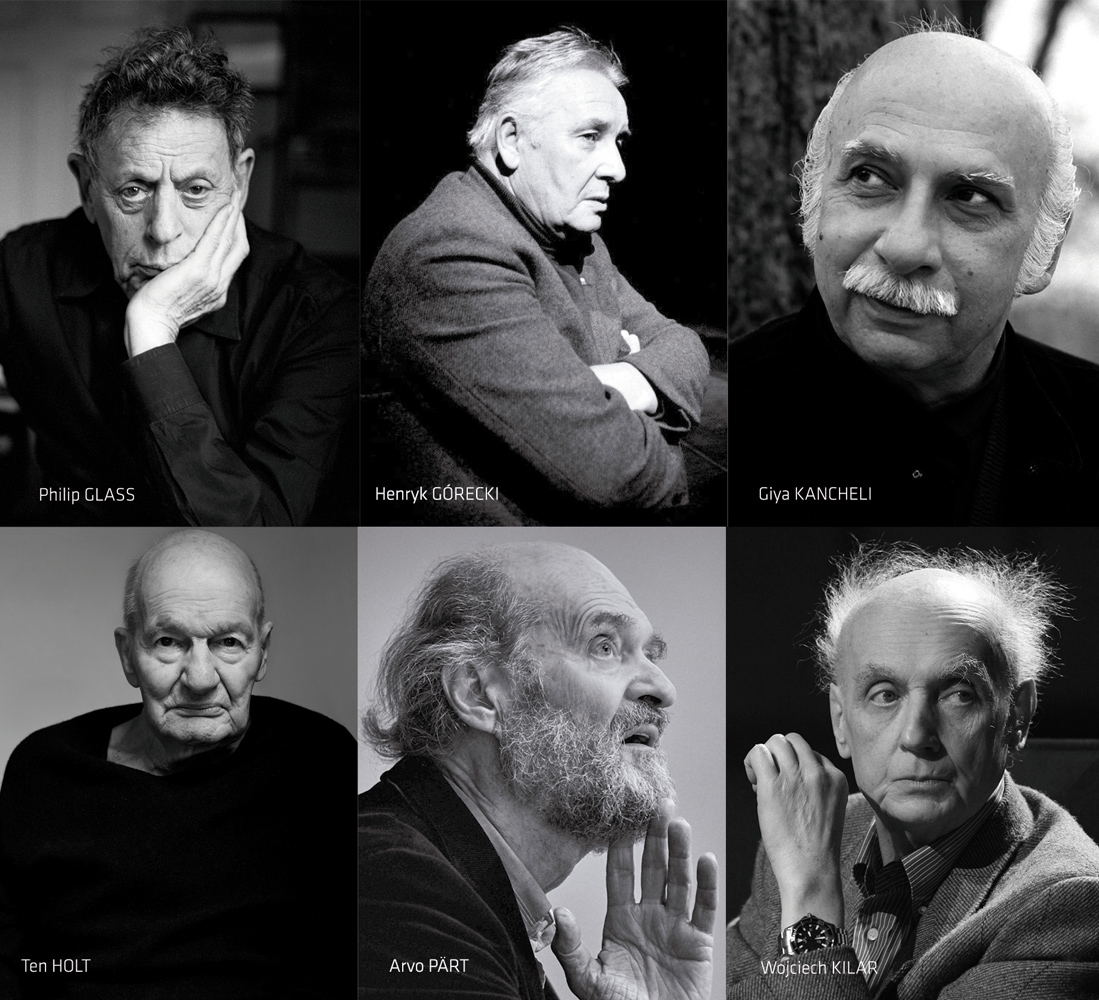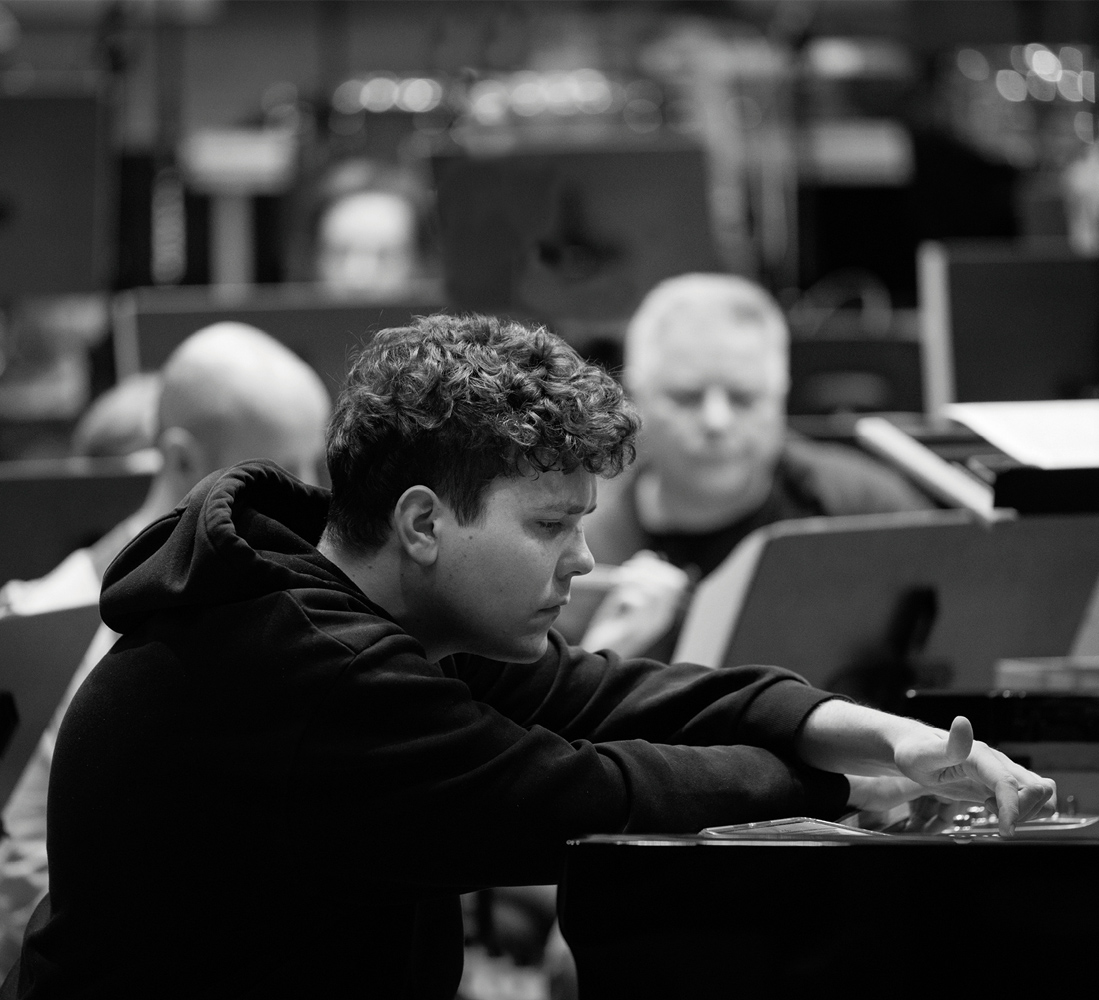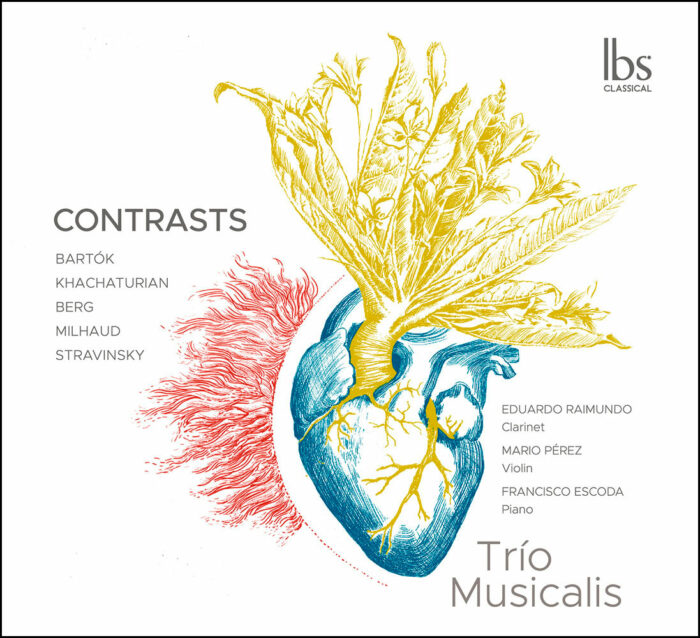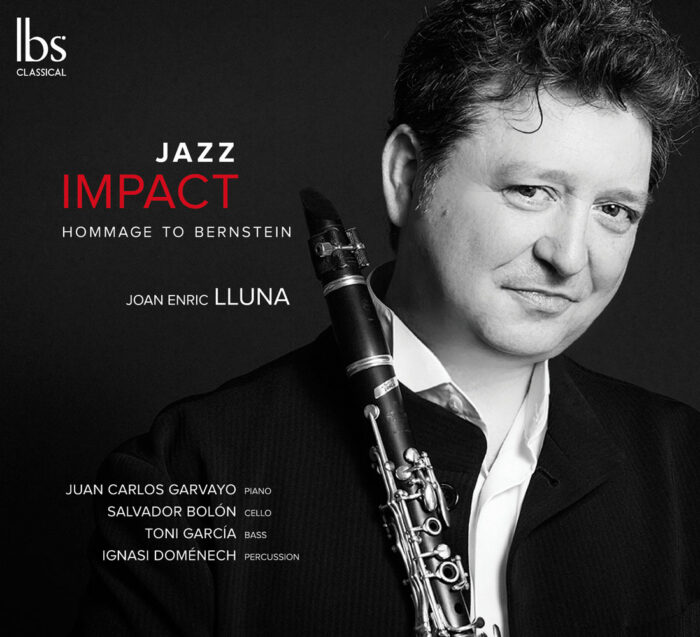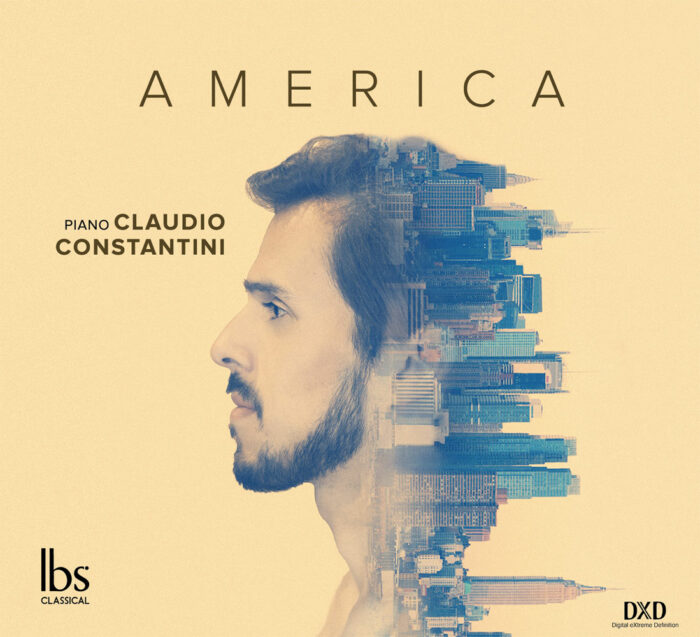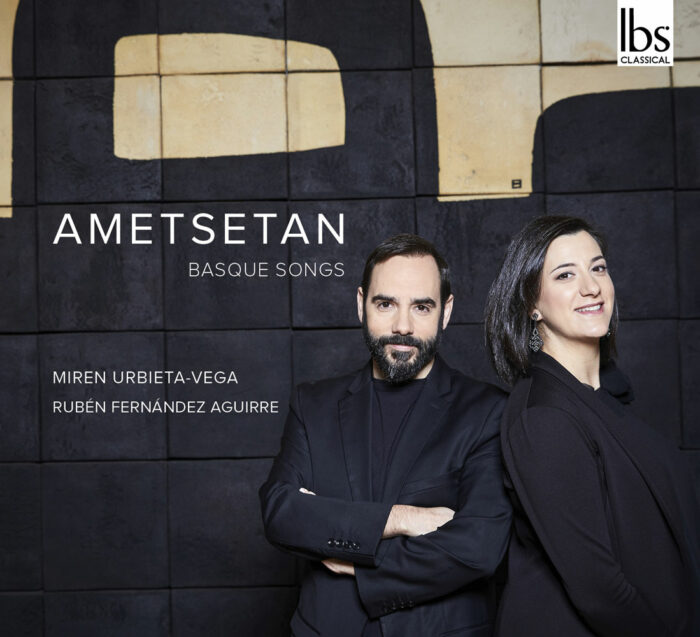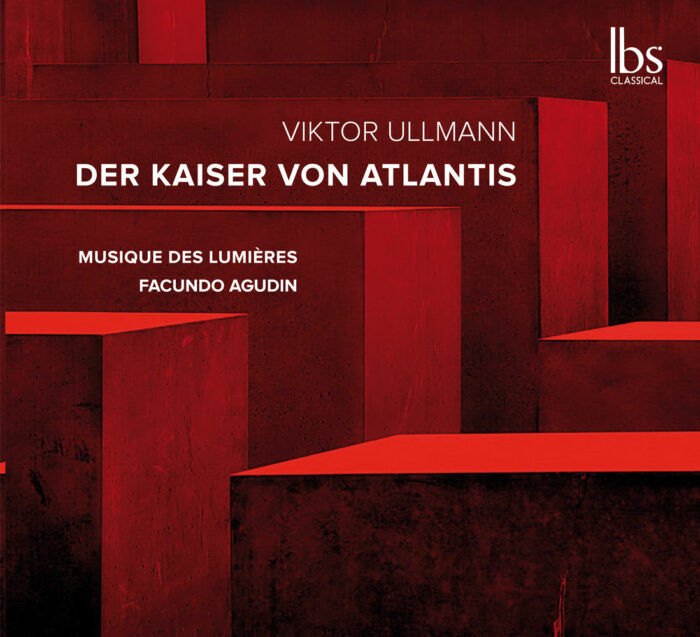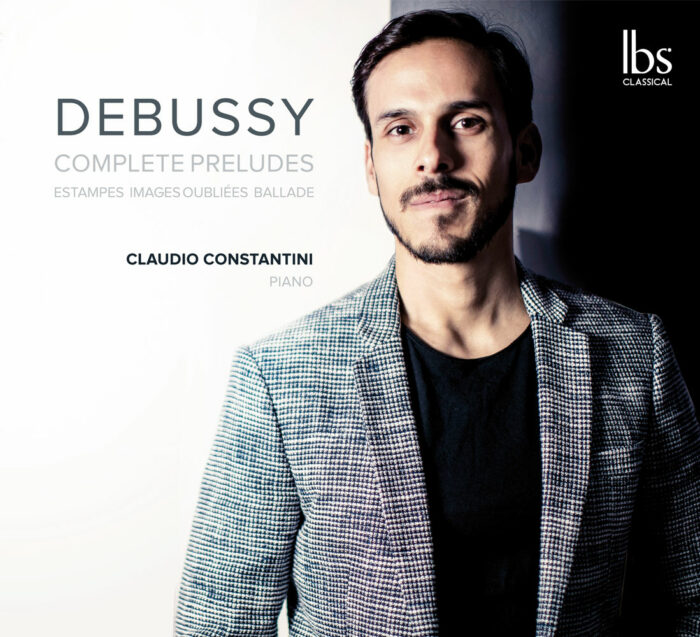Is Less More?
The phrase “Less is more”, originally from Robert Browning’s poignant love poem “Andrea da de Sarto”, has acquired myriad interpretations over time. It suggests that “less” seems increasingly essential in an ever more deafening, overwhelming, and chaotic world. Around 1910, when Adolf Loos constructed the Looshaus in the historic centre of Vienna—a building nicknamed the “House without Eyebrows” for being the first, apart from the Monastery of El Escorial, to feature windows devoid of cornices or ornaments—the architect Mies van der Rohe adopted “Less is more” for his future buildings. He unveiled the interior steel skeleton encased in walls of glass. The simplicity of this new architecture, with its clean, simple, and symmetrical lines that marked a break from historicism, permeated the worlds of art, fashion, and design.
“Less is more” has grown relentlessly, and by the late 1960s, the composer Michael Nyman coined the term “minimalism” to describe a new musical aesthetic characterized by a certain simplicity and economy of means. One of the composers associated with this movement, La Monte Young, embraced the term with enthusiasm, while others like Steve Reich and Philip Glass nuanced it with terms such as “music without intention” or “music with a repetitive structure”. The term “hypnotic music” might also be appropriate for some works by Simeon ten Holt or Arvo Pärt, provided we are attuned to the monotonous hum of rain, have a fondness for grey—the languid greys of overcast days—or appreciate a certain suspension of the world.
Advocating a return to tonal music and introducing the repetition of brief musical motifs over a regular pulse, In C by Terry Riley, composed in 1964, is the foundational work of minimalism. This new school even names its precursor (posthumously), Erik Satie, whose “Première Gnossienne” (1890) follows a repetitive scheme, while Vexations repeats the same motif 840 times consecutively for approximately twenty hours!
Szymon Nehring
Considered to be the most gifted and promising pianist of his generation in Poland, Szymon Nehring is the only Pole to have won first prize at the Arthur Rubinstein International Piano Competition in Tel Aviv (2017). He was also a finalist at the Chopin Competition in Warsaw with only 19 years of age.
Szymon performes with orchestras such as Sinfonia Varsovia, Warsaw Philharmonic Orchestra, Polish National Radio Symphony Orchestra in Katowice, NFM Wroclaw Philharmonic, Israel Symphony Orchestra, Bamberger Symphoniker, Hamburger Symphoniker, Orchester philharmonique de Marseille and Orchestre Paseloup in France and the Orchestra of the Eighteenth Century, collaborating with conductors such as John Axelrod, Lukas Borowicz, Sylvain Cambreling, Karina Canellakis, Pablo Heras-Casado, Marzena Diakun, Lawrence Foster, Giancarlo Guerrero, Jacek Kaspszyk, Grzegorz Nowak, Pawel Przytocki, George Tchitchinadze, David Zinman and Omer Meir Wellber. He also performed and recorded with the late Krzysztof Penderecki, among other works Mr. Penderecki´s piano concerto.
Szymon Nehring has performed in venues such as Carnegie Hall, Tonhalle Zürich, the Elbphilharmonie in Hamburg, the Palau de la Música Catalana in Barcelona, the Auditorio Nacional in Madrid, the Konzerthaus in Berlin, the DR Koncerthuset in Copenhagen, the Musikverein in Vienna, as well as the Herkulessaal and the Prinzregententheater in Munich.
Many recordings have already been released, in recital and with orchestra, including Chopin’s two piano concertos under the baton of K. Penderecki. During the 2024/25 season, a new minimalistic recording will be released, as well as the first Volume of a Chopin Solo Works Cycle for the Chopin Institute in Warsaw, a project meant to last several seasons. Amongst halls he will perform in this season are Bozar in Brussels, Laeiszhalle in Hamburg and La Seine Musicale in Paris. He will also perform Szymanowski´s 4th Symphony at home and on tour with the Polish National Radio Symphony Orchestra and Marin Alsop.
He started his education as a student of the M. Karłowicz’s Primary School and then the F. Chopin’s Secondary Music School in Cracow (2008–2014), which he graduated with distinction, being in the piano class of Olga Łazarska. Then he graduated from the Academy of Music in Bydgoszcz under the guidance of prof. Stefan Wojtas and in the period of 2017–2019 he has completed the Artist Diploma program at the Yale University in New Haven in the class of prof. Boris Berman. Since 2020, he has been a PHD student at the Doctoral School of the Academy of Music in Bydgoszcz in the class of prof. Katarzyna Popowa-Zydroń.
In 2015, he was awarded the Krystian Zimerman scholarship.


